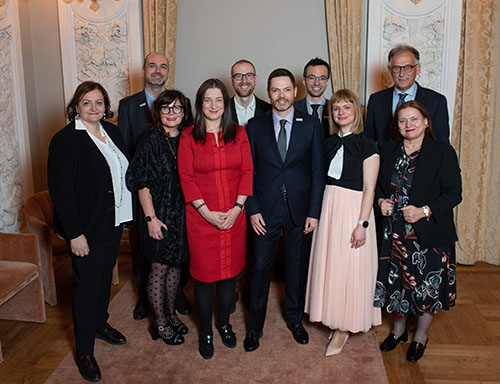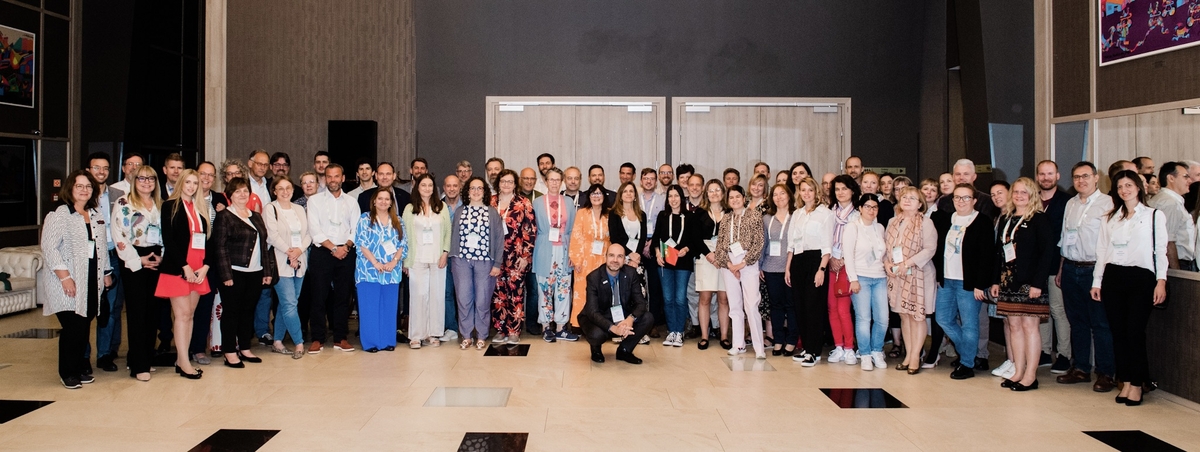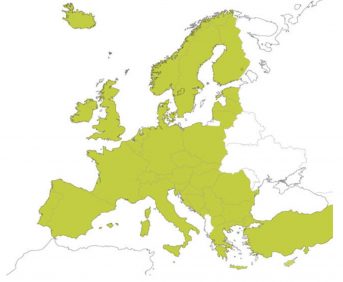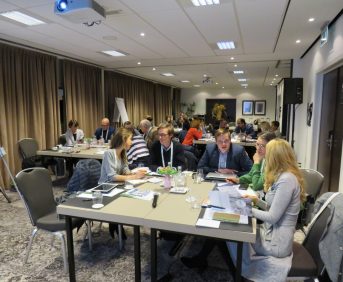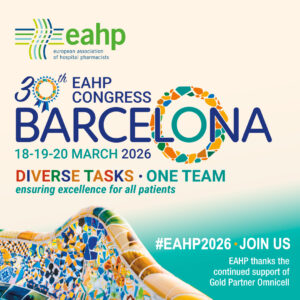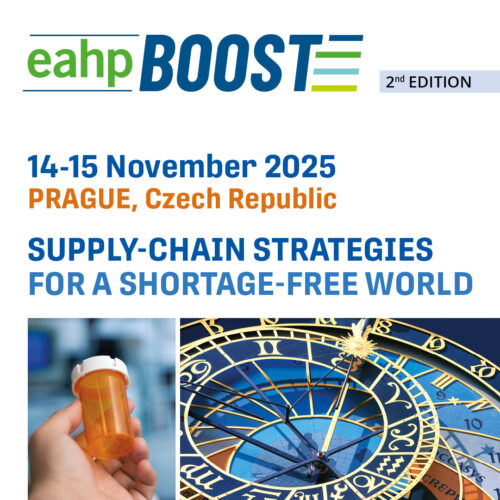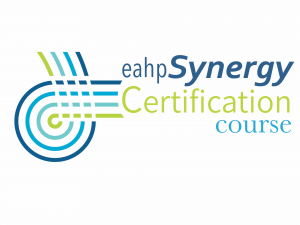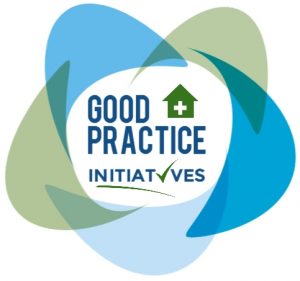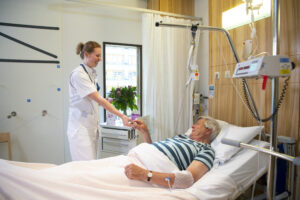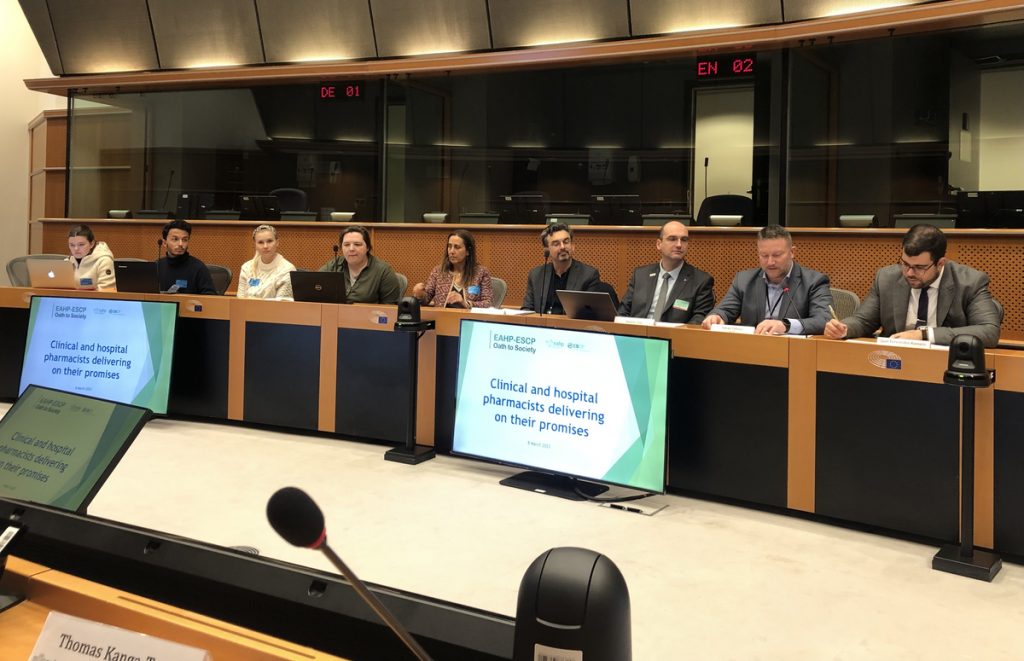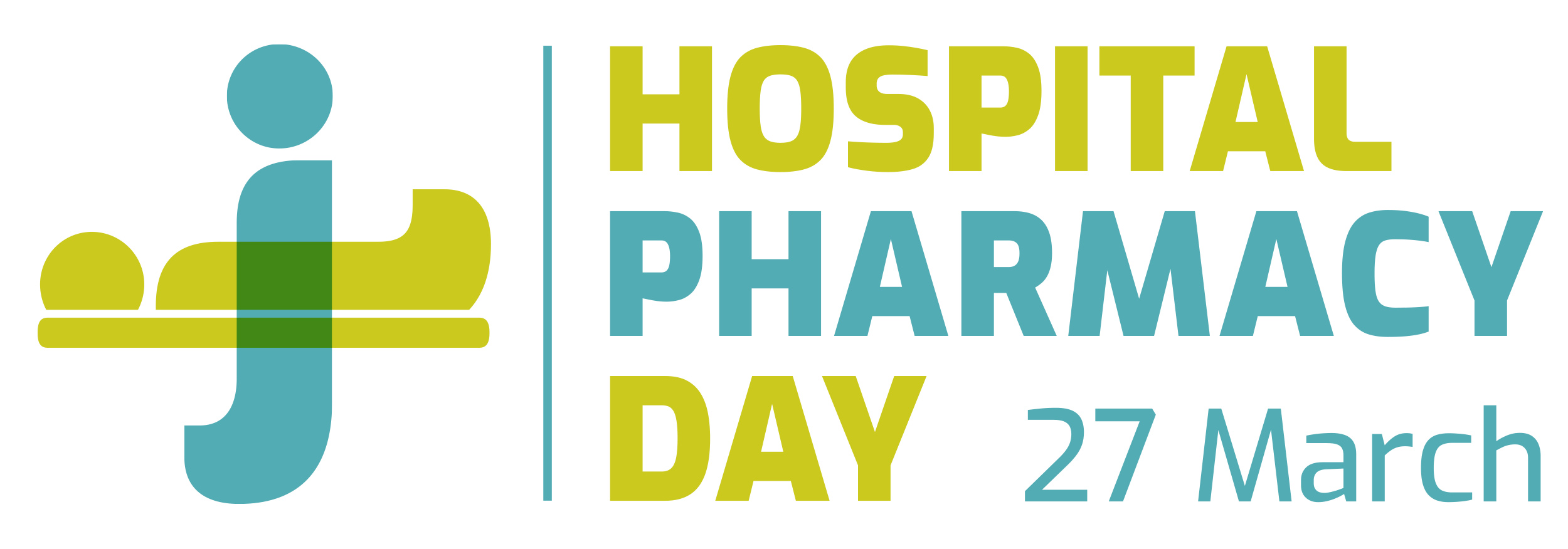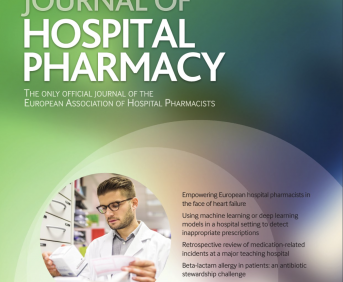Implementation of an Antibiotic Stewardship Program in Primary Care
European Statement
Clinical Pharmacy Services
Author(s)
CLARA NOTARIO DONGIL, ALEJANDRO MARCOS DE LA TORRE, MARÍA CARMEN CONDE GARCÍA, MARÍA MAR ALAÑÓN PARDO, BEATRIZ PROY VEGA, NATALIA ANDRÉS NAVARRO
Why was it done?
Most of the cultures performed in outpatients were not reviewed or were reviewed too late. An early detection for an adequate control of multidrug-resistant bacteria and the setting of a targeted antibiotic treatment, in case of being necessary, was the aim of this project. Hence basis for the implementation of an ASP is laid down, giving also advice to medical staff regarding appropriate antibiotic treatments.
What was done?
Multiresistant bacteria containment is a public health priority. Antibiotic Stewardship Programs (ASPs) can help to enhance patient outcomes by improving antibiotic prescribing. ASPs are common in hospitals, but are not usually available in primary care.
How was it done?
1- A circuit between microbiology laboratory staff, preventive medicine and pharmacy service was done. The first two collaborated by presenting data from lab results.
2- Cultures of multidrug-resistant species of outpatients were included. Results were interpreted by a hospital pharmacist on a daily basis.
3- A circuit of telephone calls between pharmacy and primary care was settled in order to communicate high epidemiological impact species detected. Pharmacist collaborates by giving advice regarding the right drug, right dose and right time, only when antibiotic treatment was necessary. Reports were registered on the medical history.
4- Variables collected in database were: age, sex, institutionalized, antibiotics received, kidney disease, culture type, specie.
What has been achieved?
During five months, 52 patients were included (52% male, 48% female). Mean age: 68 years. 11% institutionalized patients. 31% presented kidney disease.
Urine culture (58%),skin culture (13%), bronchial/sputum culture (12%), stool culture (12%), , and other cultures (5%) were analysed. Multidrug-resistant species (spp) were: Klebsiella spp (34%); Pseudomonas spp (8%); Mycobacterium spp (6%); other spp (52%).
17 pharmacist interventions were carried out, all of them related to appropriated treatment. 2 patients were hospitalized in order to receive parenteral antibiotic.
What next?
Optimizing antibiotics use is important to effectively treat infections. Identifying species that generate therapeutic difficulties is essential. Pharmacist advice could reduce treatment failures applying efforts to improve antibiotic use, being link of union between hospital and primary care. Other activities such as providing training to medical staff or spread results regarding to the use of antibiotics will be critical for ASP development.
